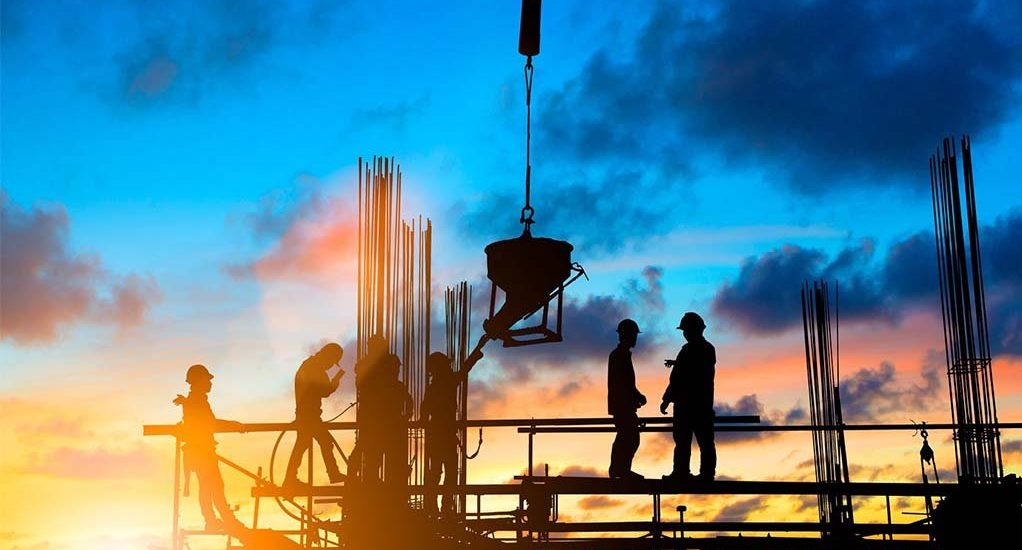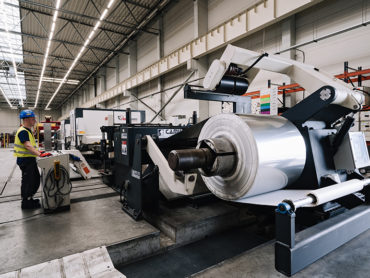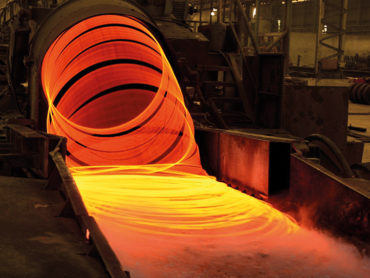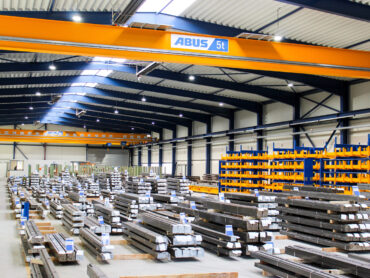The calls for a reliable trading place for nickel are getting louder after a year of nickel fiasco. US stainless steel producer raises base prices. And the EU’s plan to have its critical raw materials mined and refined in Europe could be “critical” to implement because of the prevailing conditions.
The demands of traders for a western trading centre for nickel that operates reliably, transparently and in a controlled manner are getting louder. Commodity traders need to be sure that they are protected from arbitrariness.
Yesterday marked the one year anniversary of the great nickel fiasco on the London Metal Exchange. On 8 March 2022, the LME said it had been forced to halt trading because nickel prices had risen to more than USD 100,000 per tonne, largely due to a failed short-selling deal by trader Big Short.
And still the LME has not managed to end the loss of confidence in the trading venue and the outflow of liquidity and stocks in nickel. In addition, there are always new proceedings by traders who feel cheated and investigations by the supervisory authorities. An end to the fiasco is not yet in sight.
At the same time, nickel trading has increasingly shifted to the Asian Shanghai Future Exchange. Stocks have risen there. The prices for nickel are higher. There is more confidence among Asian traders.
Also, the fact that the LME offers just 20% of the available nickel products makes the commodity exchange for Asia that especially in stainless steel production on nickel pig iron, and not like the European and us EAF mills on stainless steel scrap and ferronickel.
The CME had already positioned itself for its own nickel contract. But there doesn’t seem to have been much more than press releases and announcements so far. A reliable timetable from the CME would be desirable. The SHFE currently enjoys a much better reputation than the LME, but due to the different time zones, trading contracts and futures between West and East is difficult.
The pitiful remainder that is currently still being traded on the LME must not become the benchmark for the future of nickel trading in the West. A solution must be found now. Reliable, secure, controlled and, above all, transparent.
Because if you take a look at how the nickel price on the SHFE has changed compared to the LME, this difference quickly becomes clear. While the nickel price on the LME has fallen by approx. 19% compared to the previous month, the price on the SHFE has fallen by just 10%. That should make it clear where the real trading is now taking place. And how little the LME’s trading floor has left.
After US steel producers had raised HRC prices significantly in the past days and weeks, now also a US stainless steel producer has announced to raise base prices for stainless steel bars by 7 to 12% and to take effect immediately. Inflation and increased raw material costs are cited by the manufacturer as the main reason. This could be a preview of the pricing policy of the other domestic stainless steel mills, which are likely to face the same challenges.
Recently, rising scrap costs have also been reported from the United States, as there are likely to be shortages of Direct Reduced Iron (DRI) and Hot Briquetted Iron (HBI), among others, which are used as substitutes for scrap in the Electric Arc Furnace (EAF).
The EU has had a growing problem for years. The continent is either already deprived of its most valuable raw materials or it is economically unattractive for mining companies and ore refineries to extract and refine raw materials. Strict environmental standards, bureaucratic hurdles, long approval procedures, high costs for energy and employees, dense population, safety regulations, and few opportunities to extract raw materials in low-cost opencast mining.
Furthermore, as mentioned above, the strict environmental standards and bureaucratic hurdles are one of the biggest problems for the extraction and refinement of raw materials. Almost every mining project is protested by environmentalists. Or long and cost-intensive legal proceedings are conducted. This has already been vividly observed with almost every wind turbine that has been erected in the recent past, especially in Germany.
The EU’s plan to mine 10% of the critical raw materials in Europe and to have as much as 40% of the critical raw materials refined in the EU is therefore likely to meet with tremendous resistance from the population once again. This is hardly surprising when one looks at the CO2 emissions that are produced during the refining of magnesium, cobalt, graphite, nickel or lithium. A tonne of nickel, for example, can emit up to 18 t/CO2eq during production. A tonne of lithium produces up to 15 tCO2eq.
The effort to build the infrastructure, the civil protest, the bureaucratic hurdles and the necessary environmental standards and requirements alone could cause the EU’s plan to fail. It is good that the subsidy wallet was immediately pulled out and it was indicated that it would support all such efforts.
It remains to be seen whether the extractive industries will go along with it. Even now, the necessary global investments in the expansion of raw material extraction are years behind schedule. Whether investors can be found with development periods of 10 to 20 years and additional process periods. Let’s see. The EU, on the other hand, could probably easily achieve a 15% recycling quota – if it didn’t destroy its recyclers with export bans beforehand.
!function(e,t,n,c,r,a,i){e.Newsletter2GoTrackingObject=r,e[r]=e[r]||function(){(e[r].q=e[r].q||[]).push(arguments)},e[r].l=1*new Date,a=t.createElement(n),i=t.getElementsByTagName(n)[0],a.async=1,a.src=c,i.parentNode.insertBefore(a,i)}(window,document,"script","https://static.newsletter2go.com/utils.js","n2g");var config = {"container": {"type": "div","class": "","style": ""},"row": {"type": "div","class": "","style": "margin-top: 15px;"},"columnLeft": {"type": "div","class": "","style": ""},"columnRight": {"type": "div","class": "","style": ""},"label": {"type": "label","class": "","style": ""}};n2g('create', 't5up6a9j-uwzoraoj-lbg');n2g('subscribe:createForm', config);









